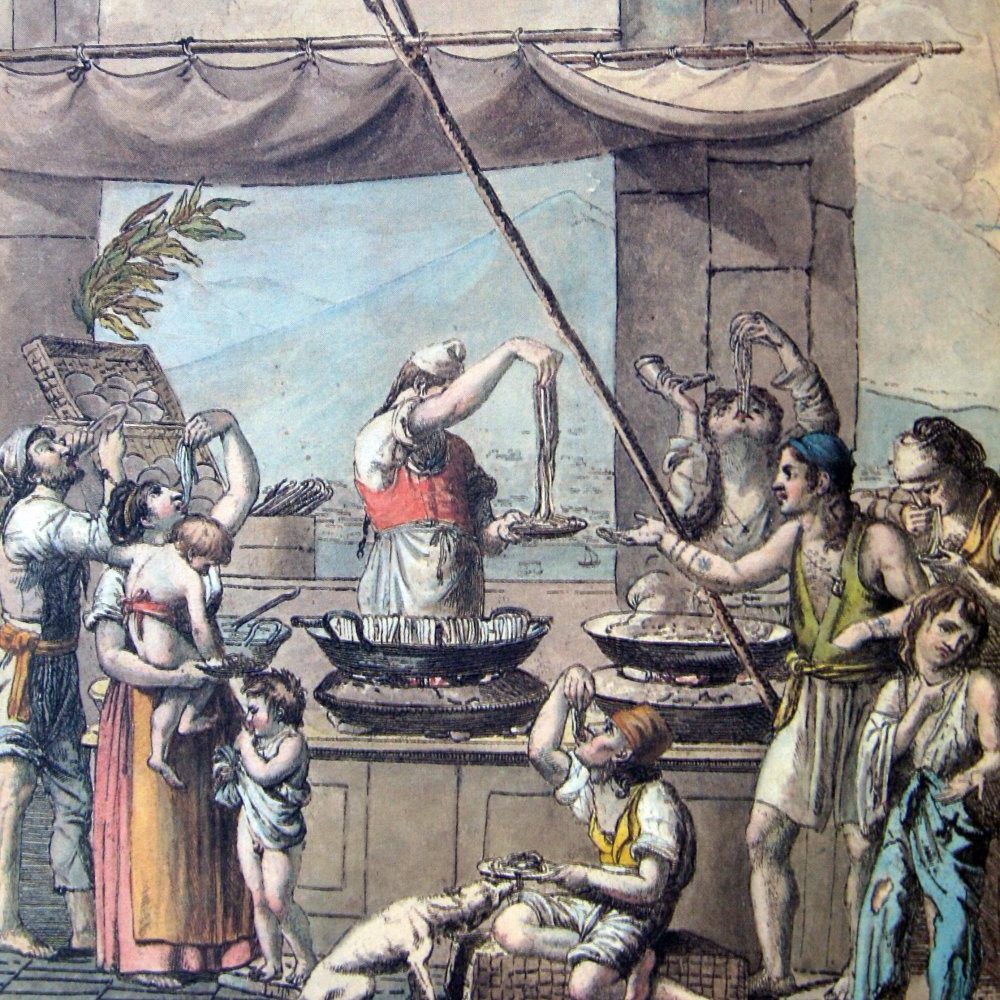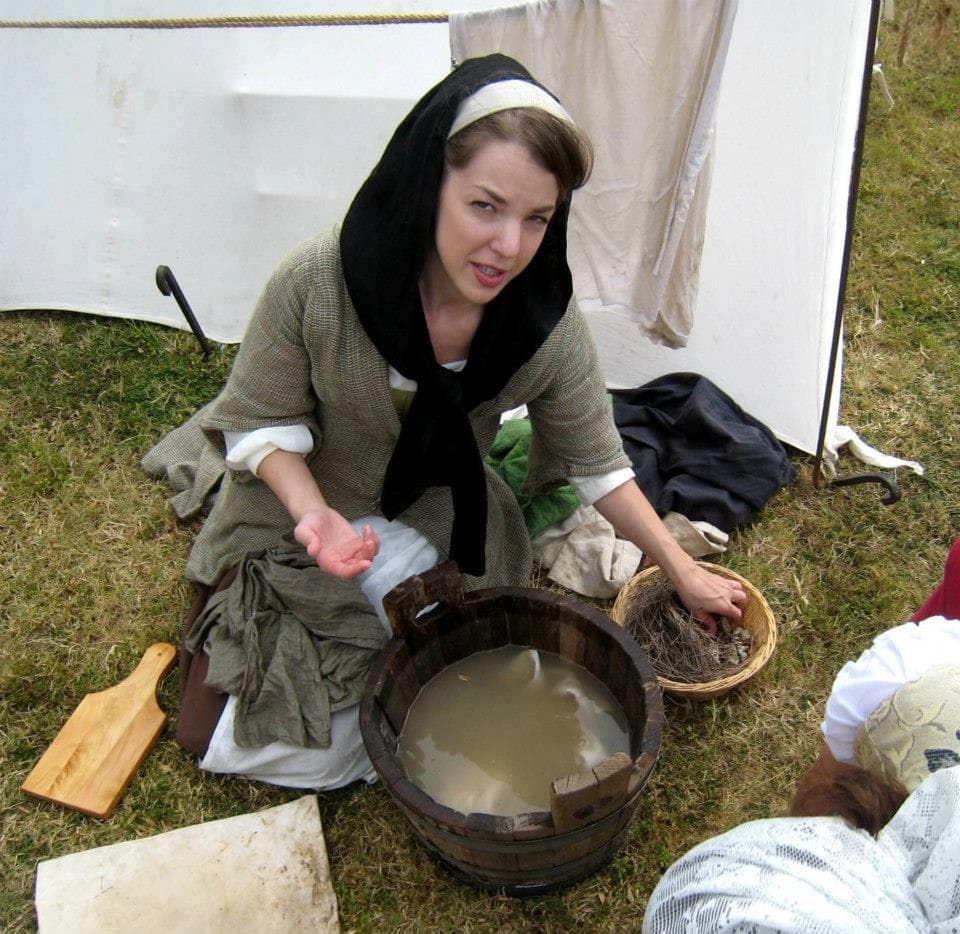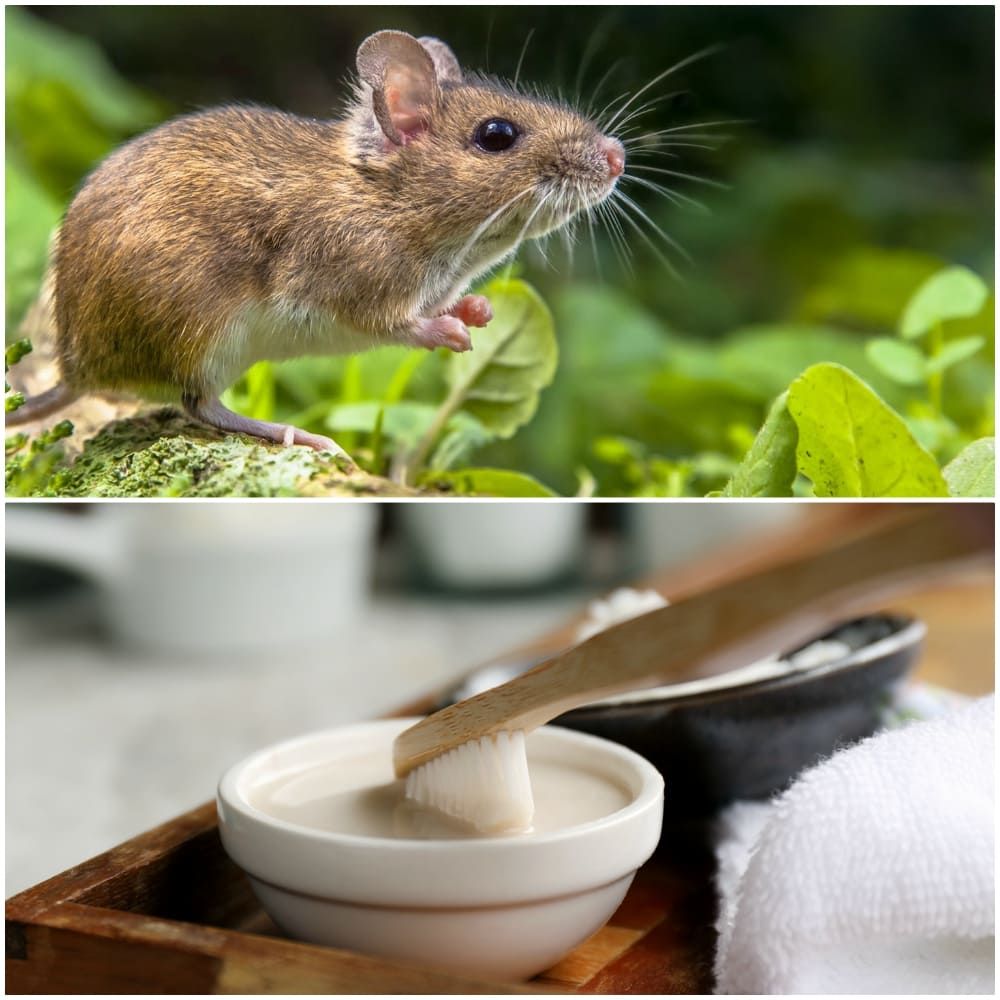These Vintage Hygiene Practices Are the Very Opposite of Clean
This article appeared in vibeforest.com and has been published here with permission.
We put together a list of some old hygiene facts that would make anyone thankful they're living in the modern age — even though some of these old hygiene habits are still in use! Check out the bizarre ways people used to get clean and overcome illnesses: some of these are gross, some of these are morbid, and all of these will surprise you.
Snail Slime for Sore Throats
Know that feeling you get in the back of your throat when you're getting a sore throat? Nowadays to maintain our health, we'll reach for mouthwash, cough lozenges, or even Dayquil - but do you also know that nasty, gluey goo that snails leave behind? People used this to treat sore throats and, in fact, still do. If you ever are in Germany and buy over-the-counter Shnecken cough syrup, you should know that snail extract is the active ingredient.






